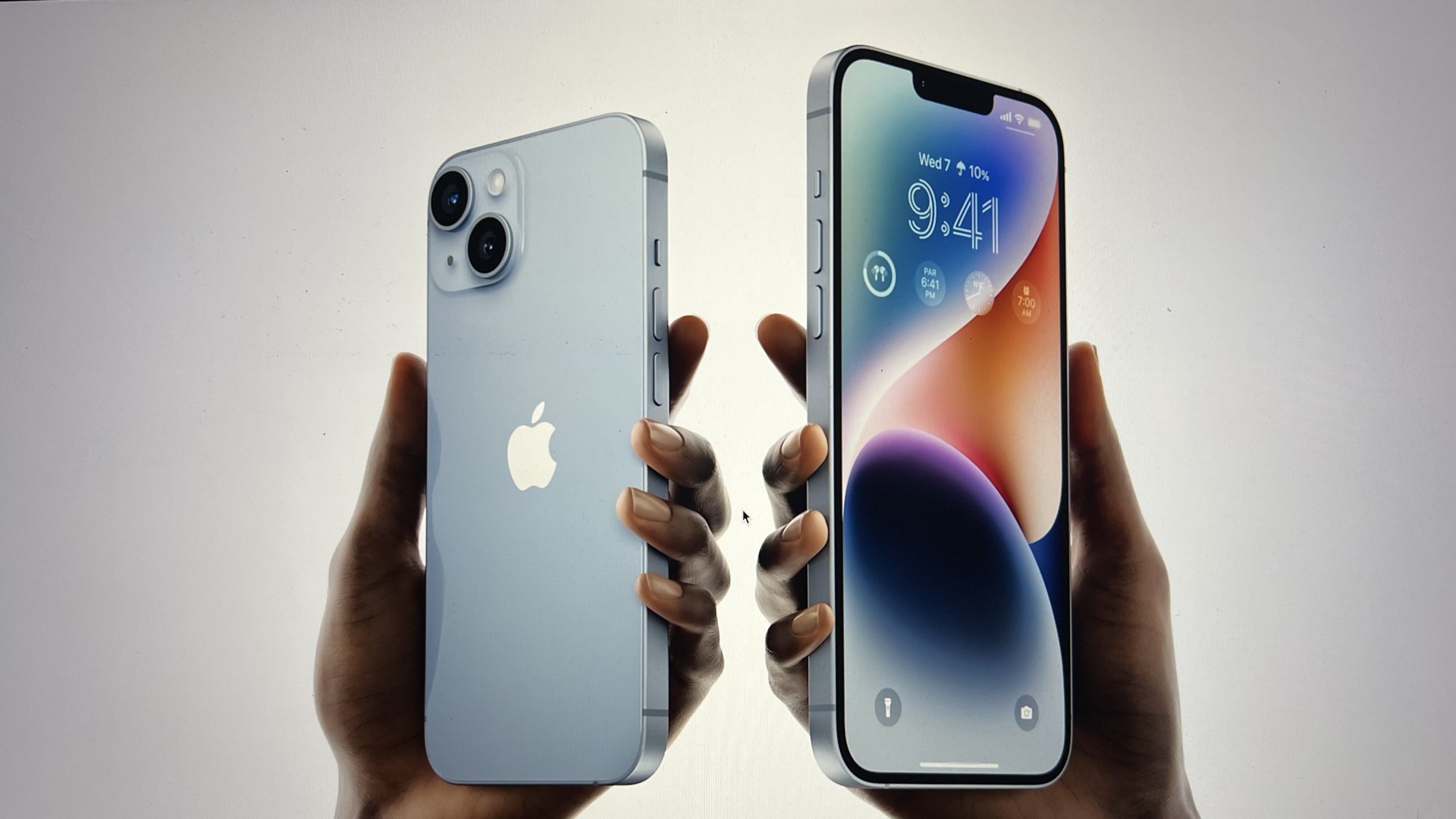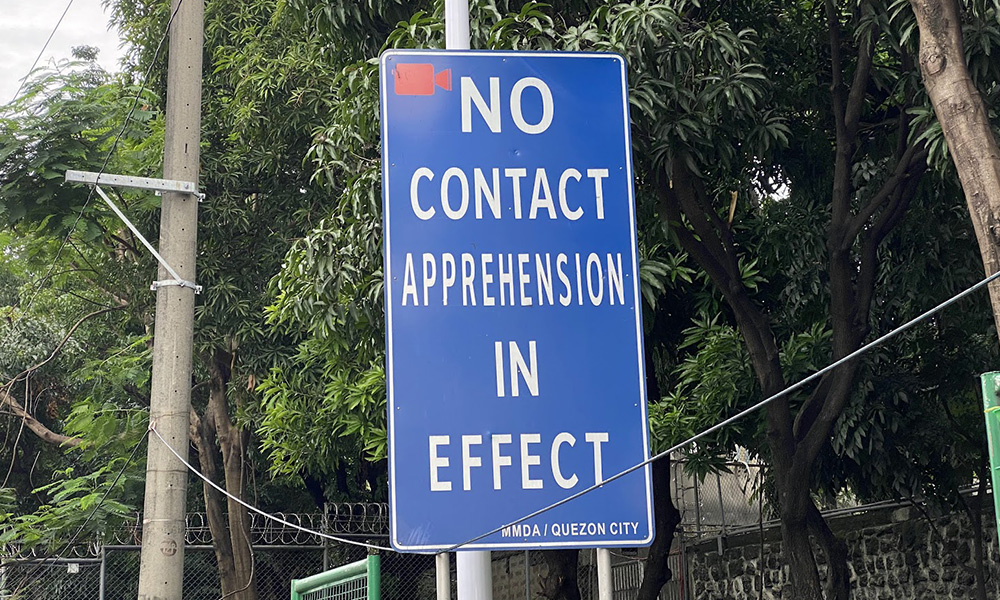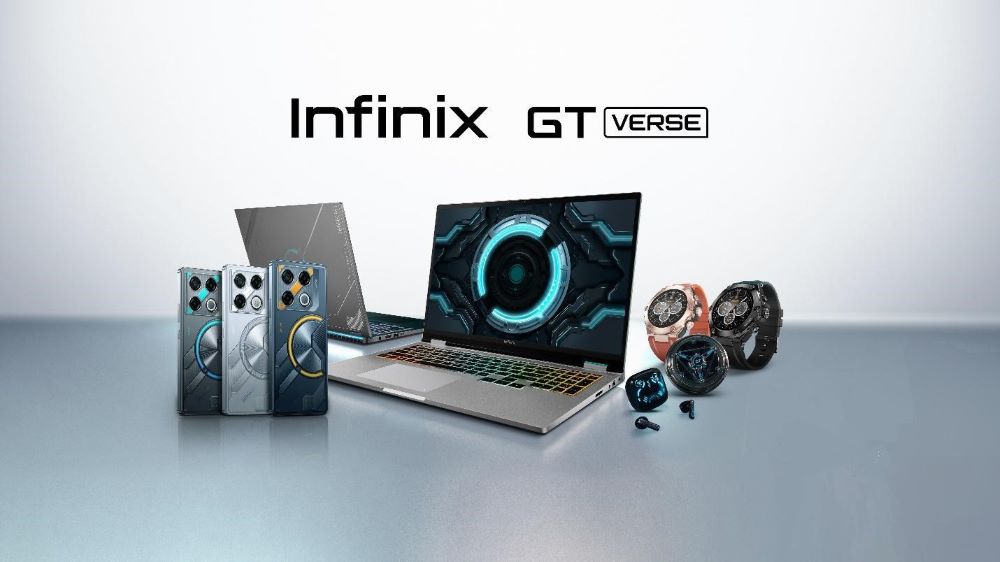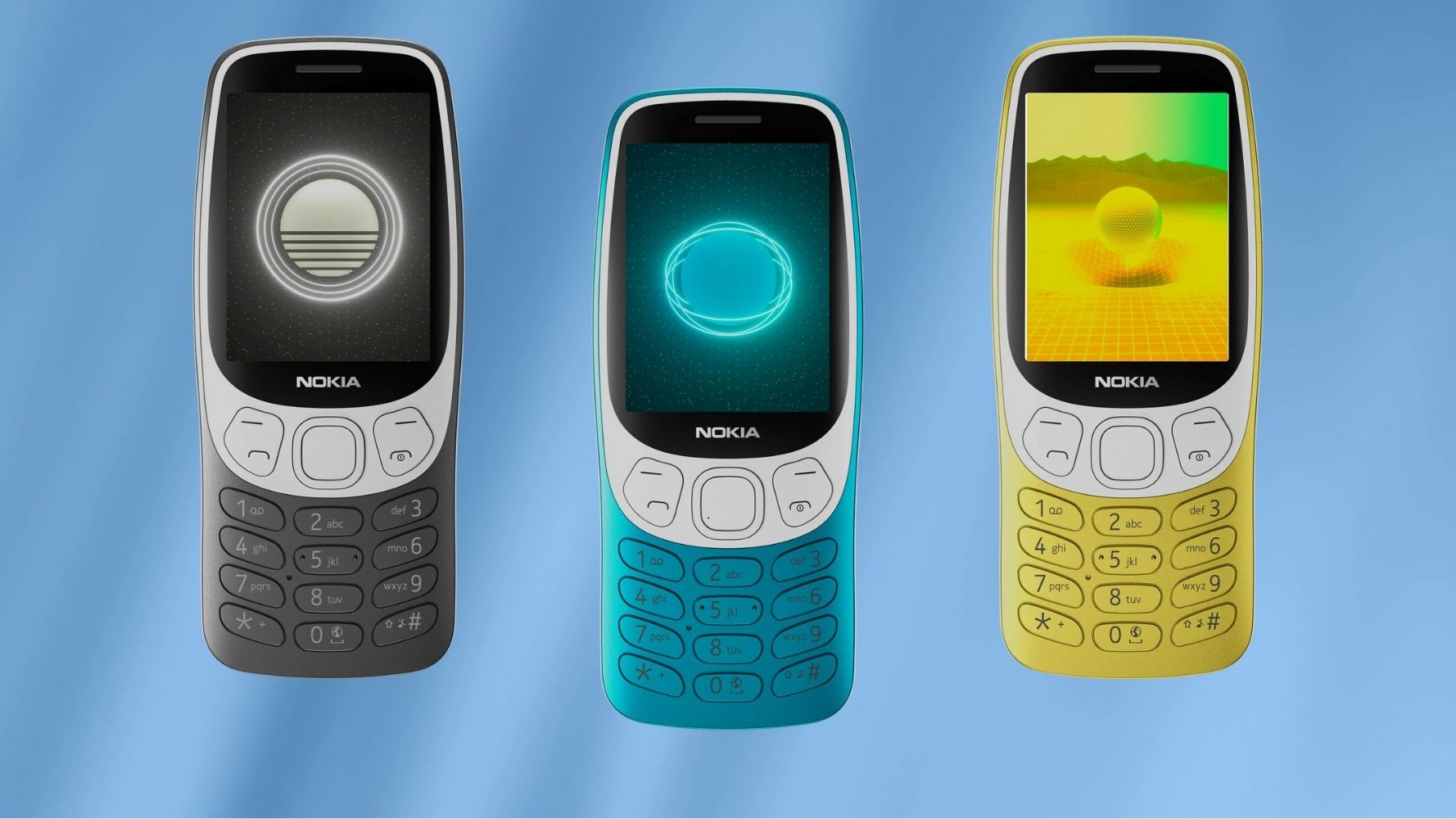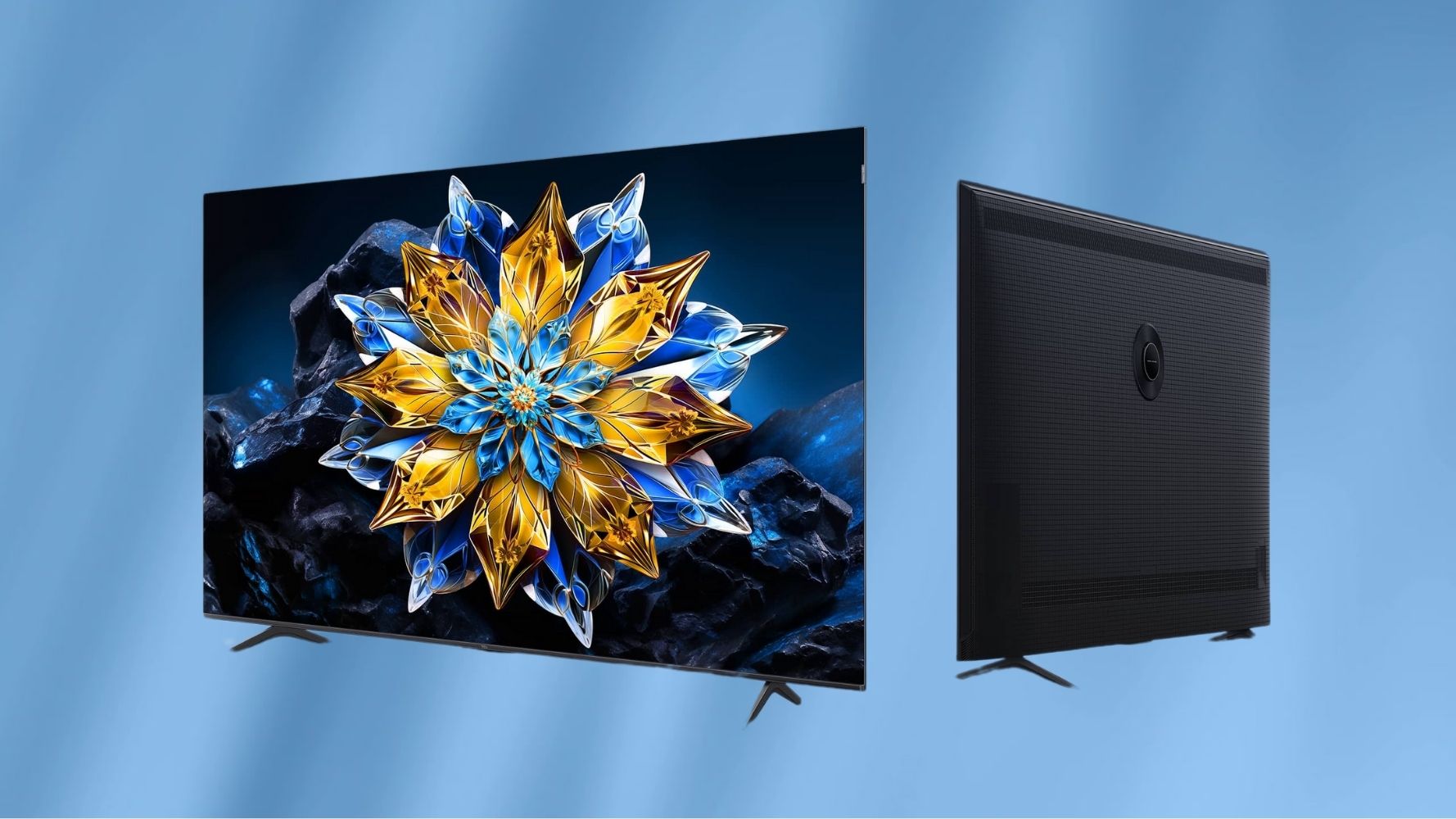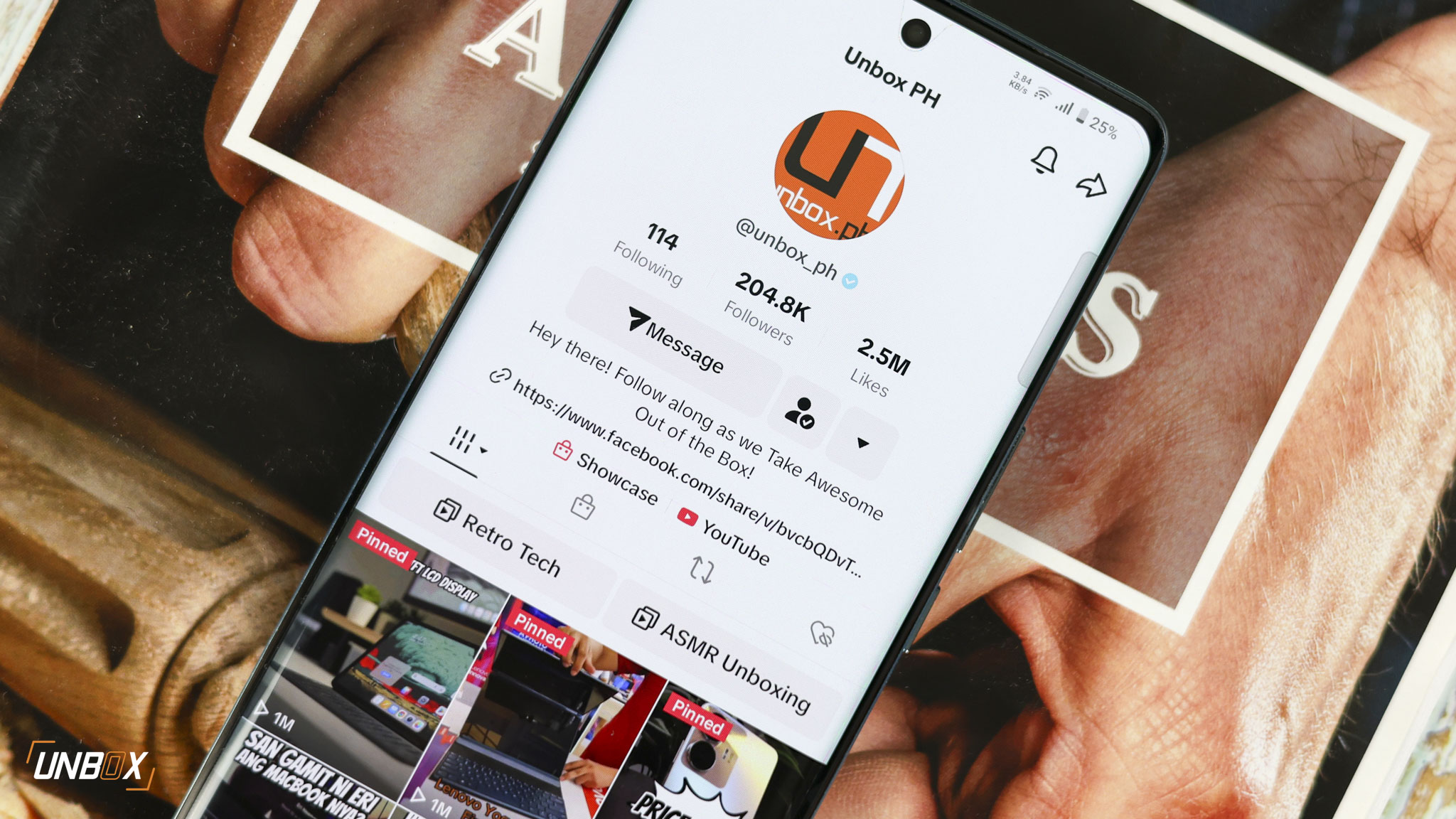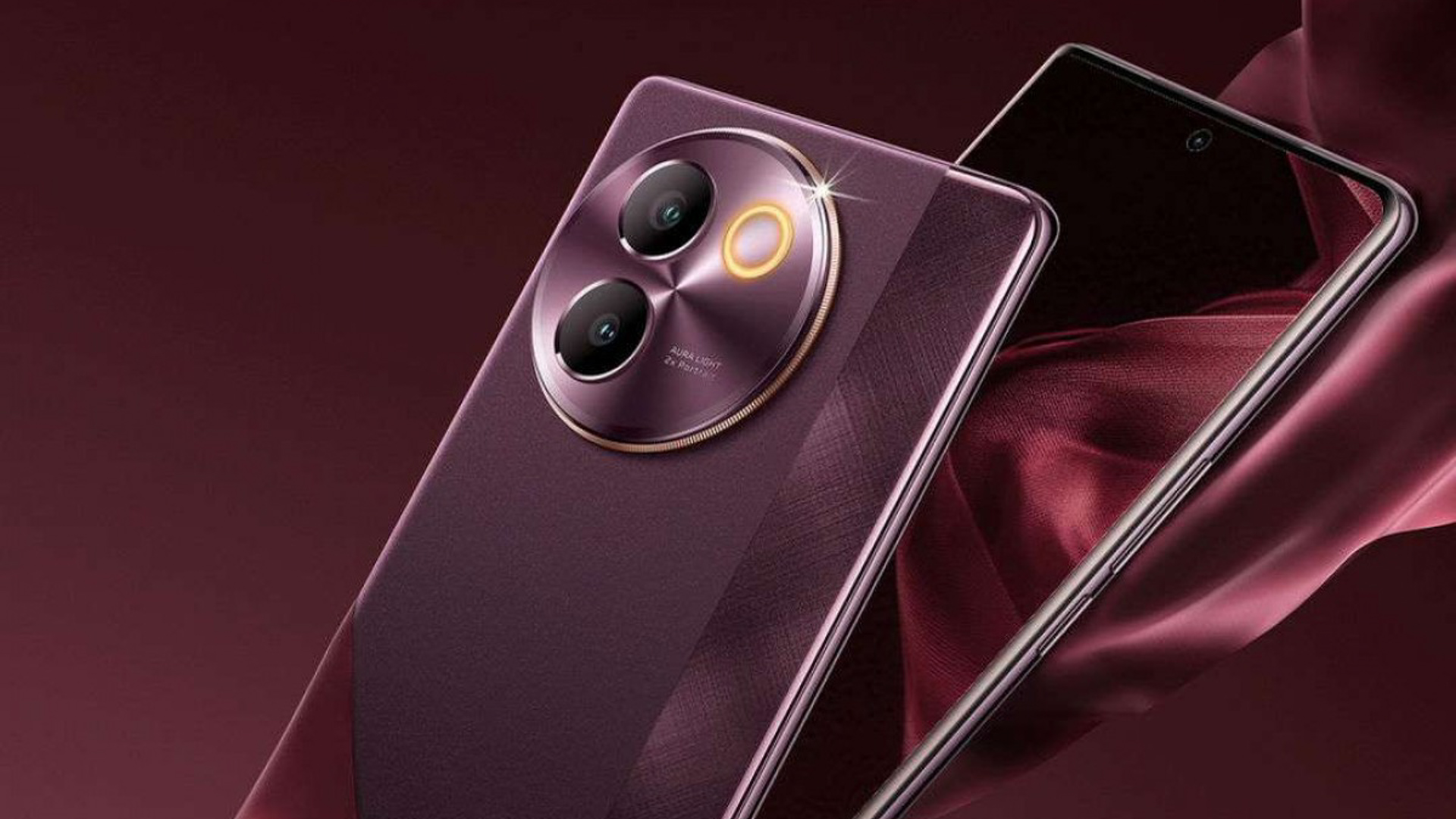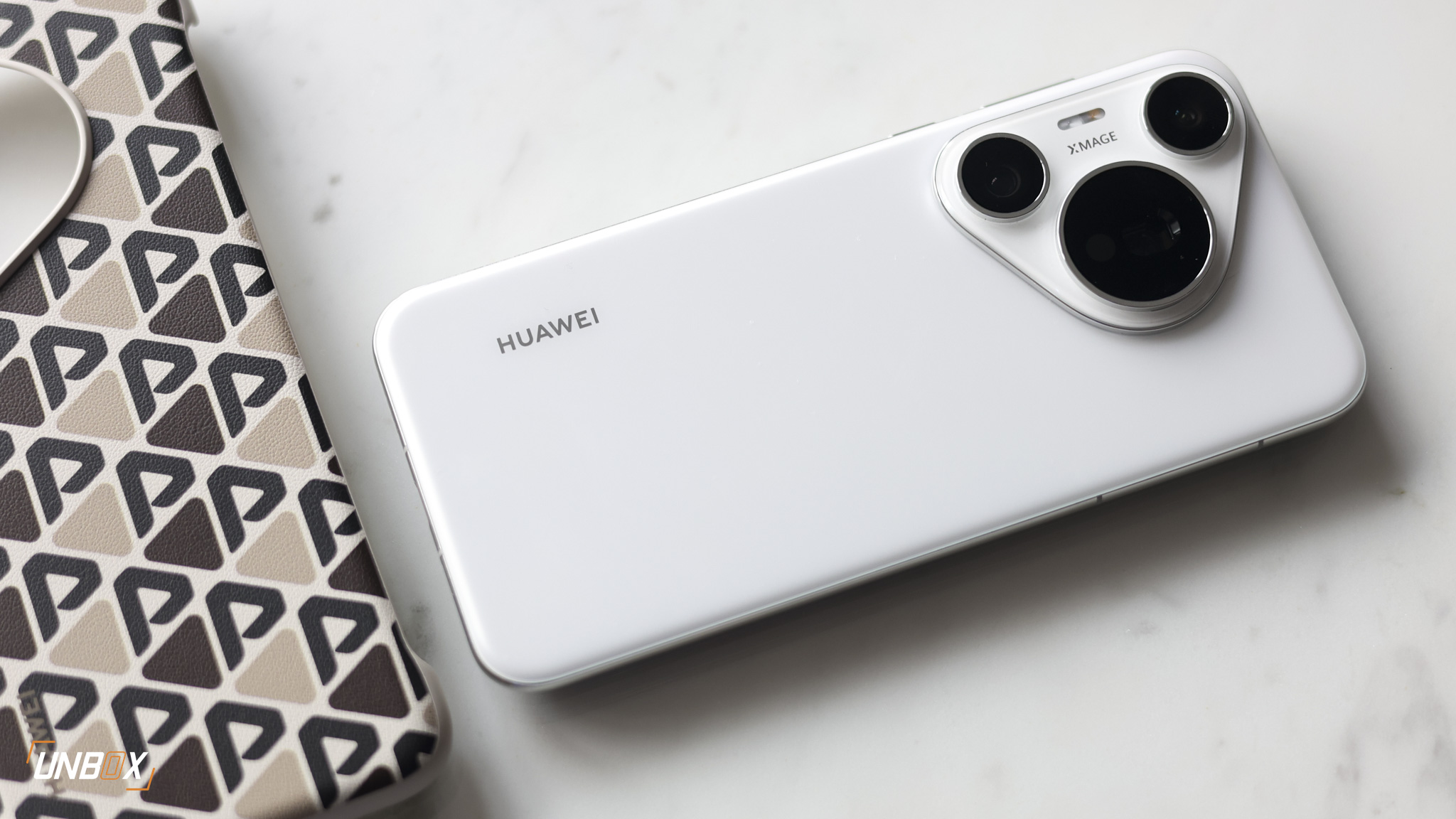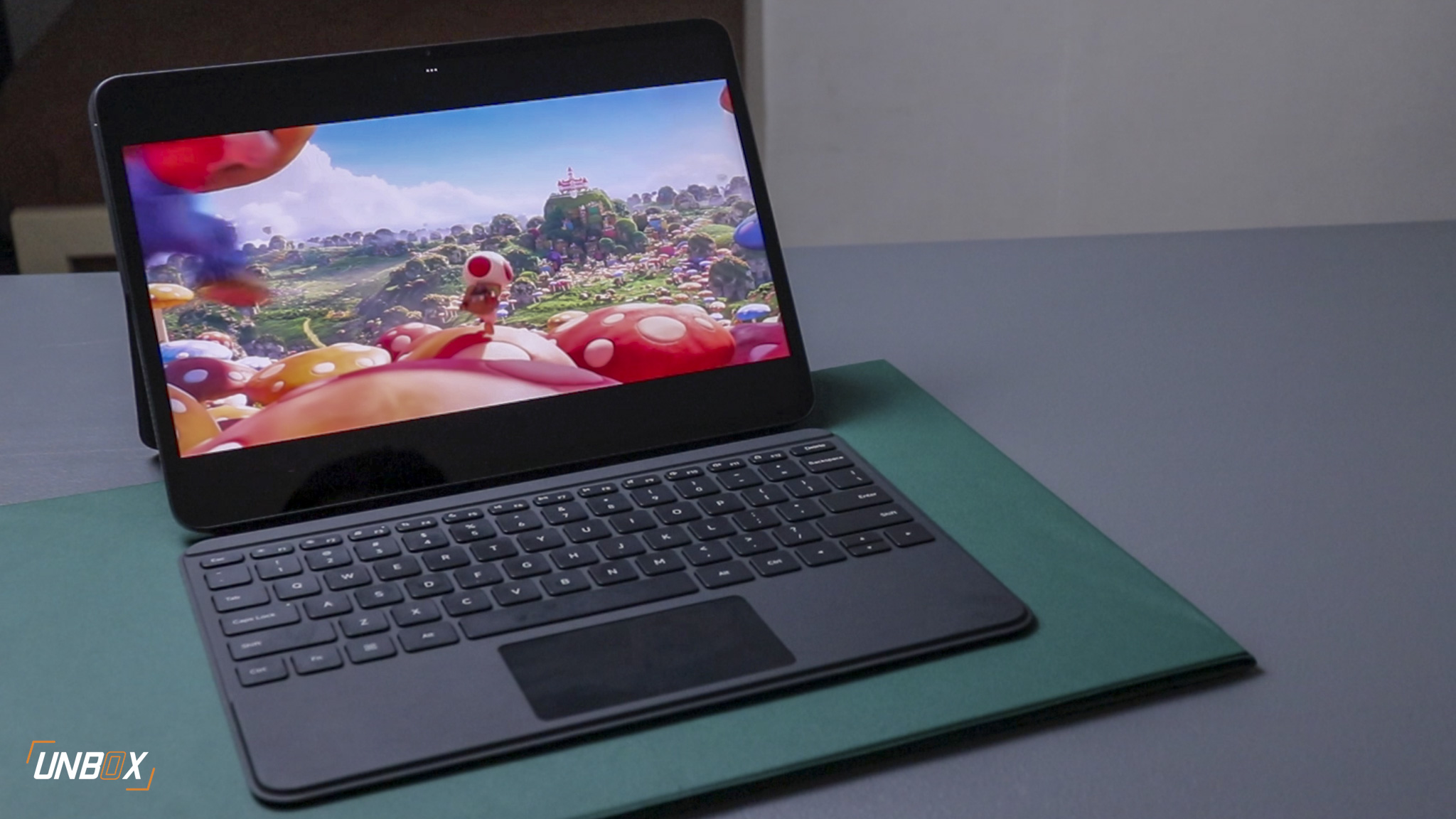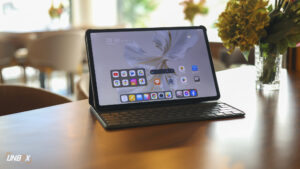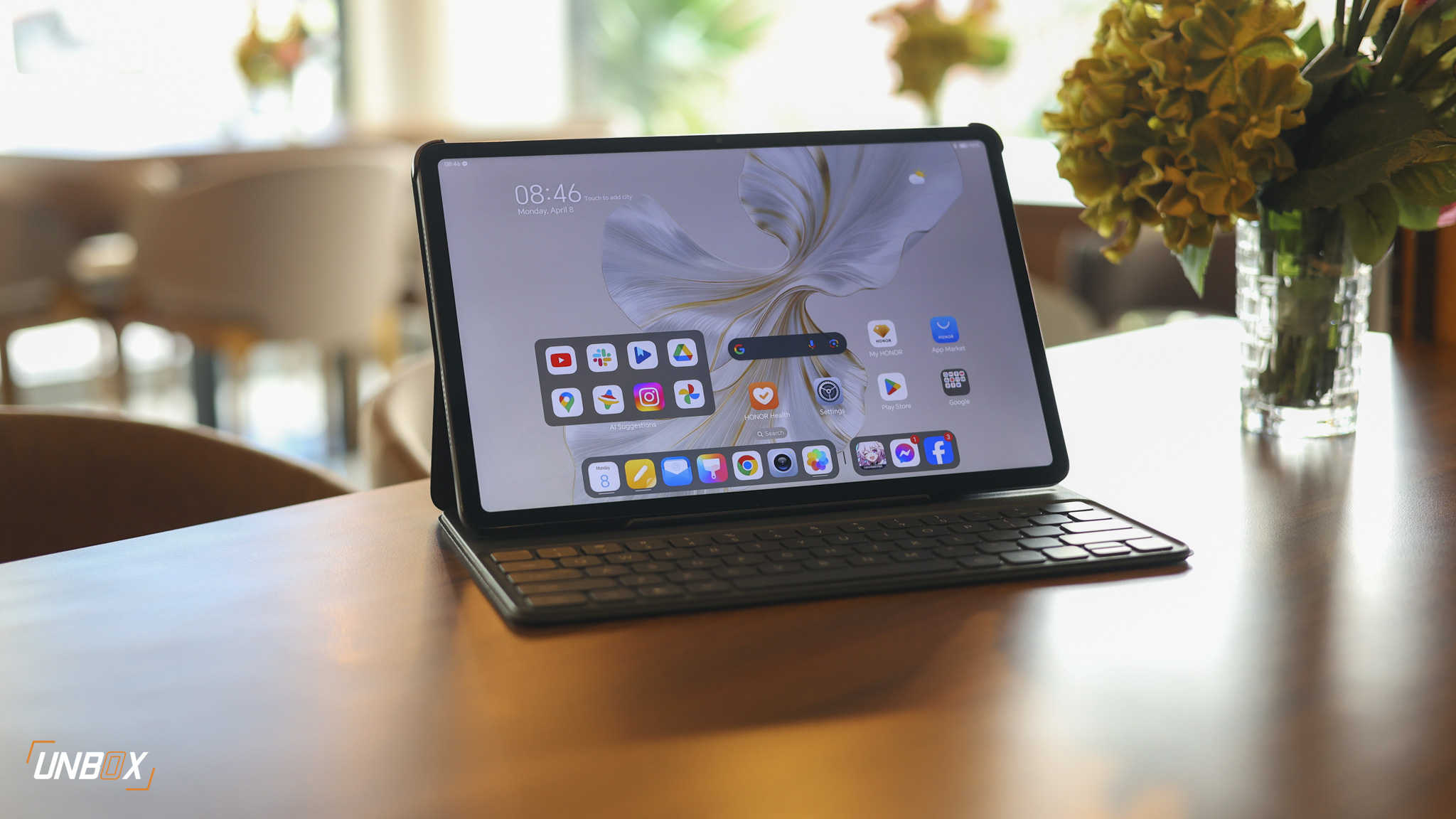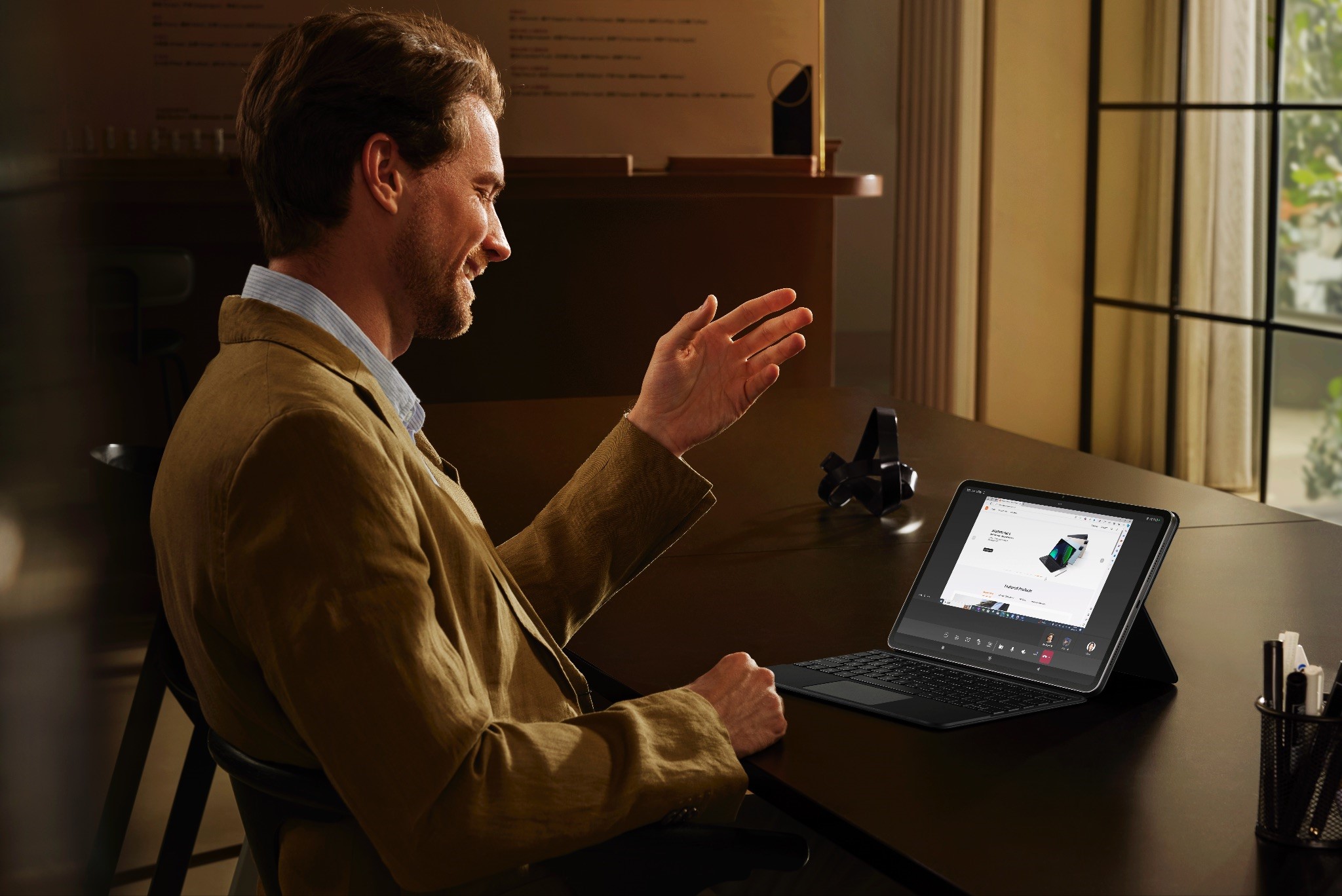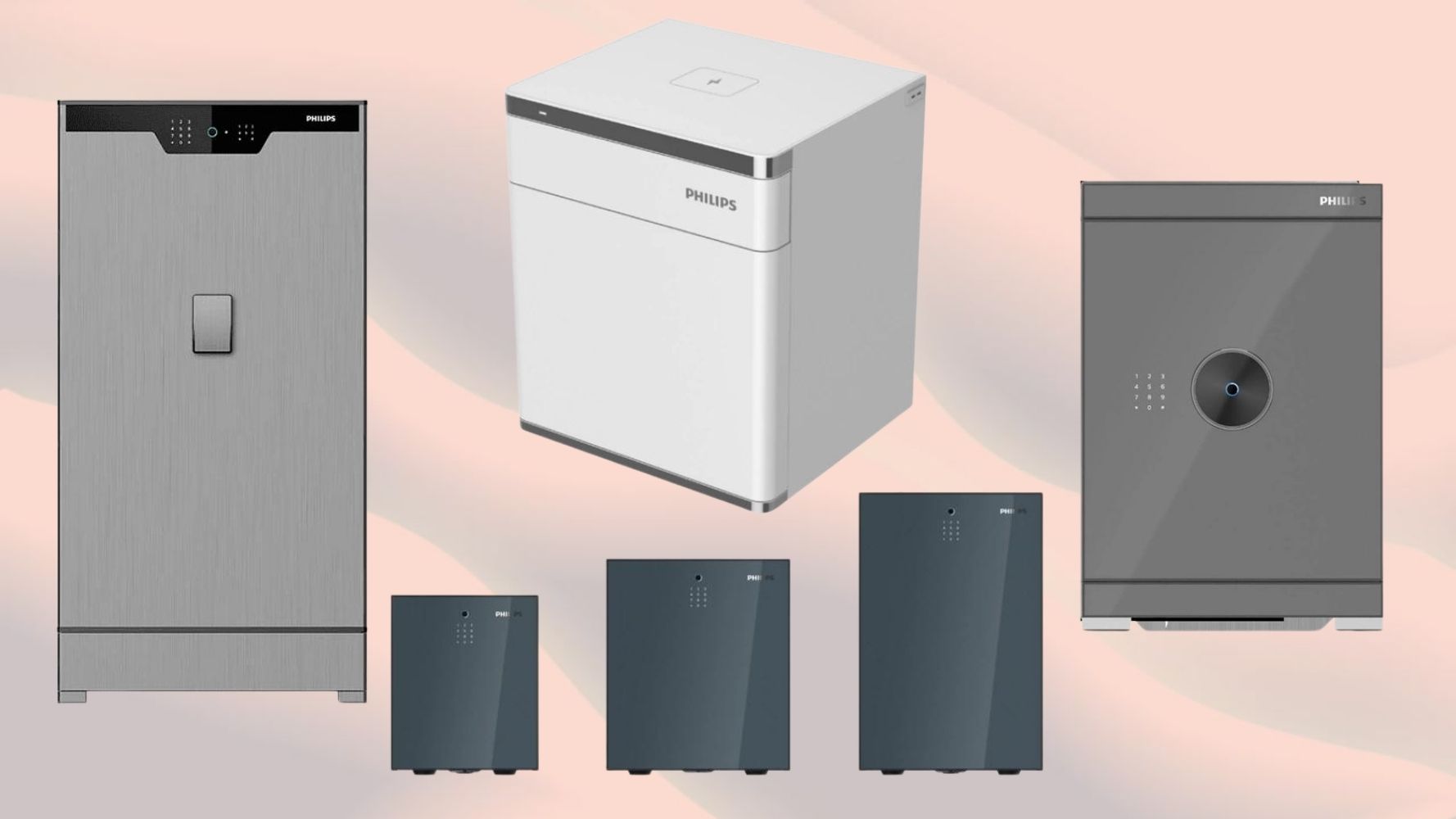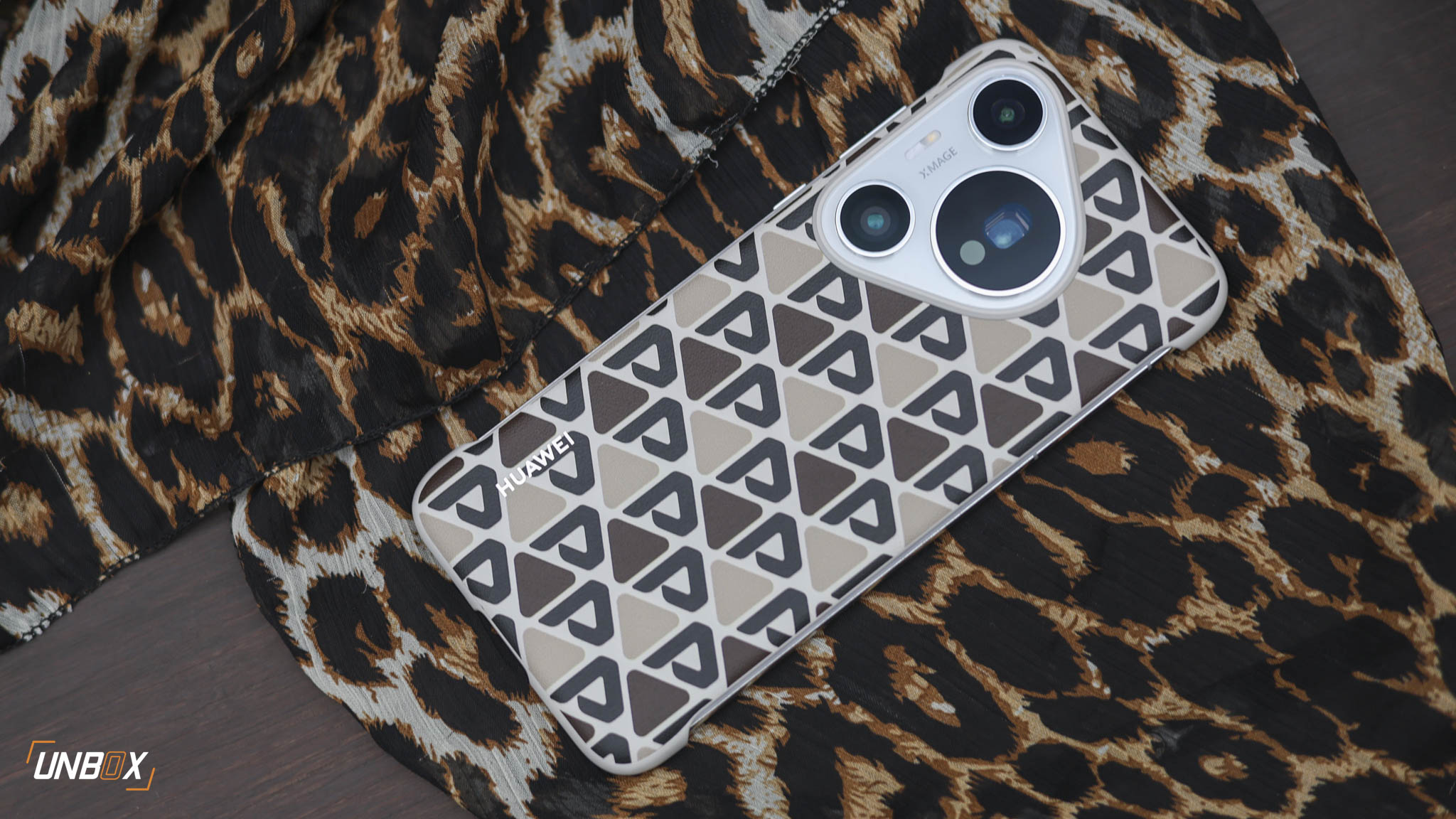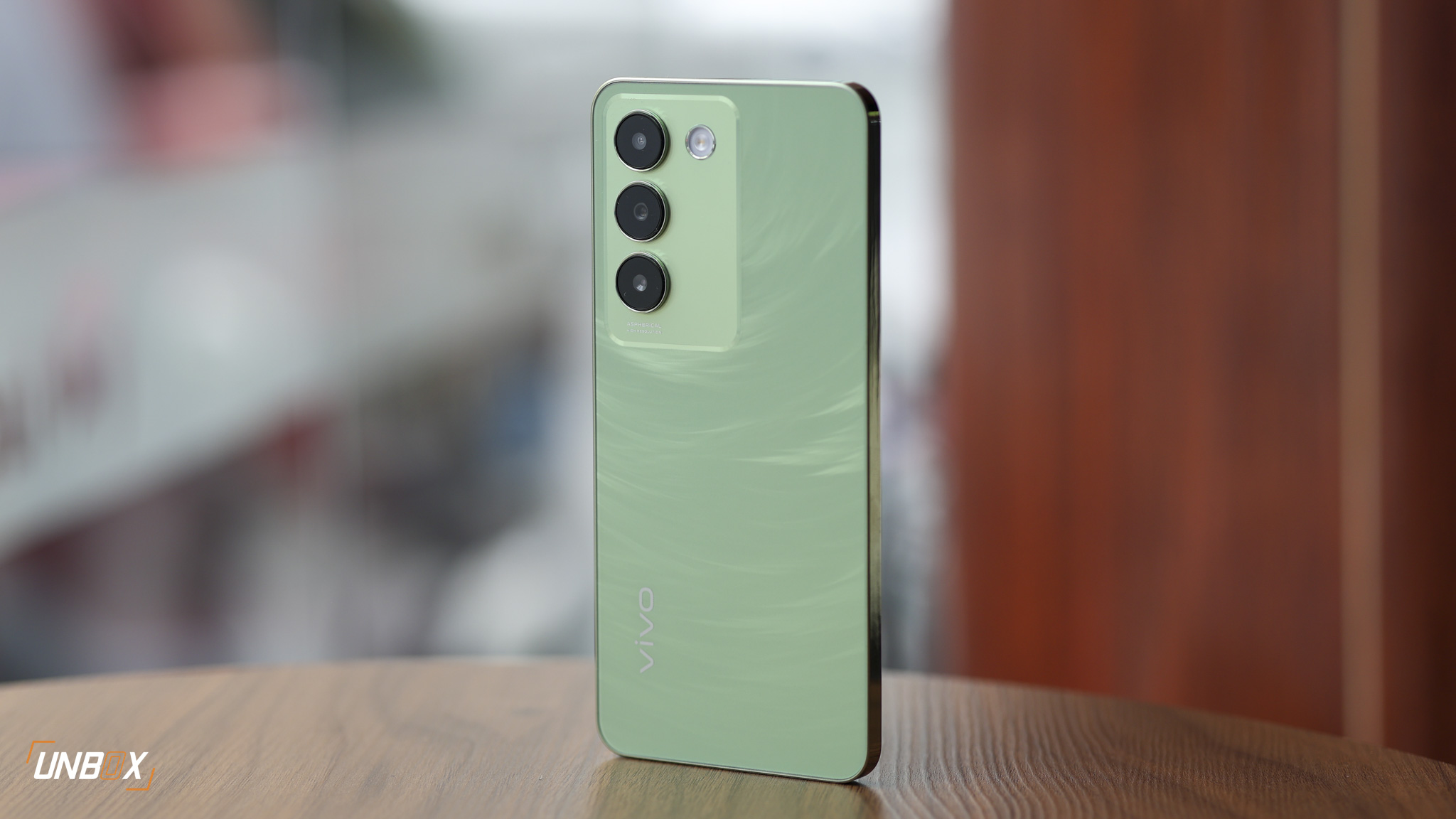The Apple iPhone 14 series was released recently, and the world has expectedly gone bonkers over it. The inclusion of quite a lot of changes for the Pro models, and incremental upgrades for the vanilla versions made consumers believe that an upgrade is well worth it. We recognize that these are splendid devices as well, don’t get us wrong – but if you’re making the choice anyways, we’d least recommend the iPhone 14 Plus among your four options. Here’s why.
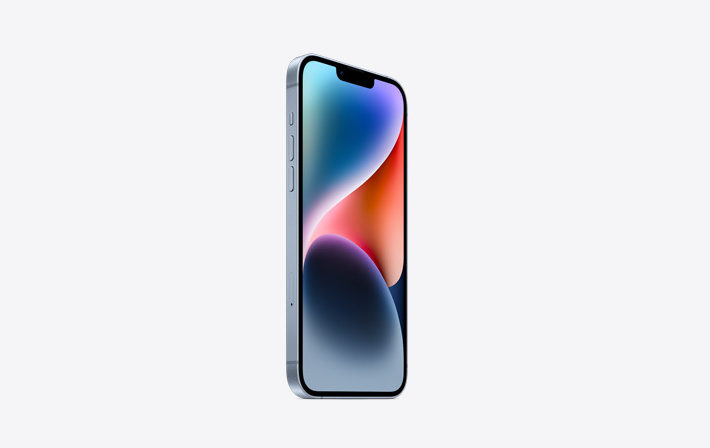
Mediocre Display
We haven’t had a Plus model in quite a while, most notably the iPhone 8 Plus in 2017. The concept behind the Plus has always been the same – it’s a larger version of the vanilla model. That was fine when the iPhone 8 and range-topping iPhone X shared more or less the same specifications save for the form factor and notch.
Looking at things resolution-wise, it doesn’t seem to be a bad deal. The iPhone 14 Plus still has a 6.7-inch OLED display with a 2778×1284 resolution at 458 PPI, which is 2 short of the vanilla model’s. That’s impressive given the considerable size difference between the two. Color reproduction is also top-notch as explained by many reviewers and owners since launch.
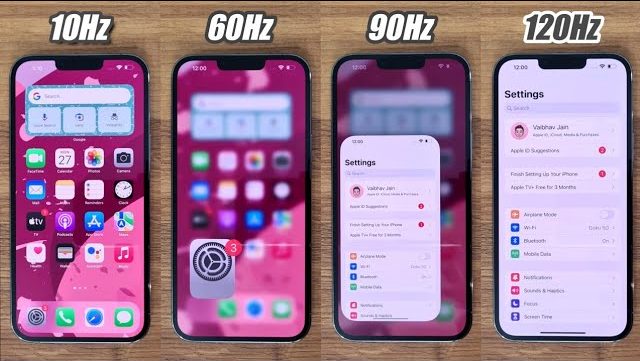
Photo: TechDroider
Where it falls short is with the 60Hz refresh rate. This is a bit more understandable on the smaller device where the display isn’t as big of a selling point as it is here. However, with a Plus model, users are expecting an immersive, quality panel, especially when they’re paying top dollar. Keep in mind that the Apple iPhone 14 Plus starts at nearly PHP 70K, and that’s retail pricing.
We understand that Apple’s optimization and software animations are smooth like butter. Android in 60Hz is wonky as compared to iOS in 60Hz. However, it is undeniable that users coming from 120Hz displays or even HIGH-QUALITY 90Hz ones will notice the difference, especially if the manufacturer’s UI is smooth. You can find AMOLED 120Hz displays in the midrange nowadays, and Apple not adding ProMotion or even a watered-down version of it to the non-Pro models is unacceptable in 2022.

Photo: Tom’s Guide
That Giant Notch Sucks
If you’ve read our reviews, we grill every smartphone that isn’t an entry-level, sub-10K device if it still comes with a notch in 2022. The reason is plain and simple: it no longer looks as good as it once did. Admittedly, when these first came out, they were the rage. The Apple iPhone X was also a looker when it came out in 2017.
5 years down the line though and time has moved on. Companies have used their flagships to experiment with numerous methods: motorized cameras, under-display sensors, and the like. We know that Apple has a habit of refusing to include half-baked technology in its devices, which is something we applaud. However, one thing is for sure in 2022: the hole punch is king.
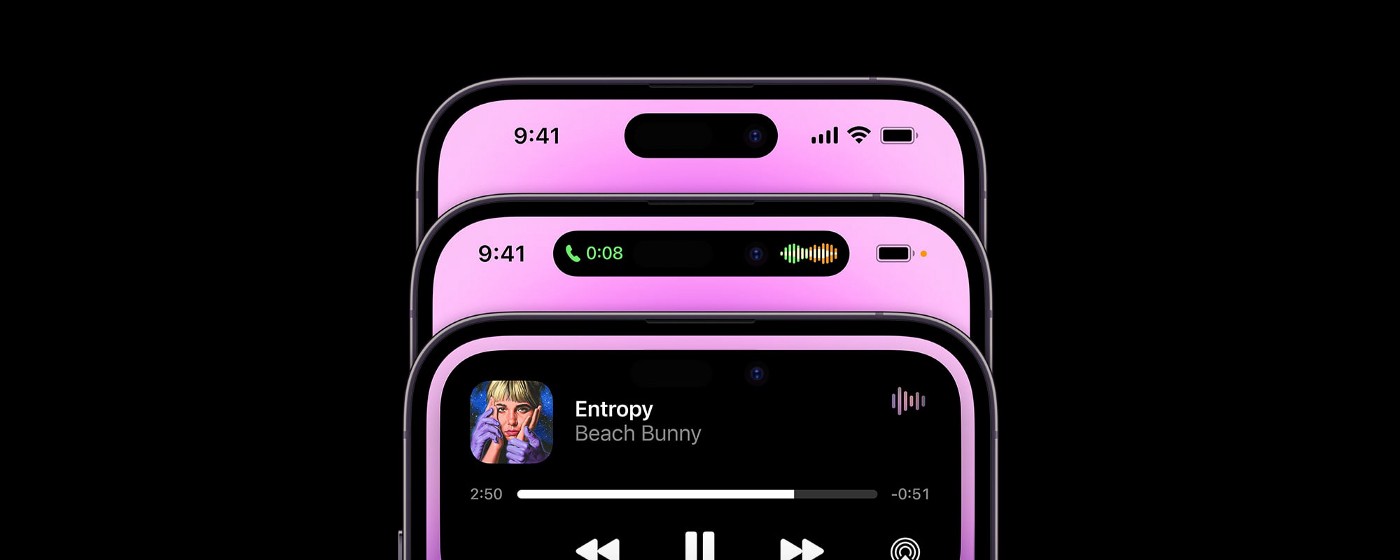
The general consensus is that it’s okay to limit the Dynamic Island to the Pro models as a marketing strategy. The iPhones have a ton of sensors in the notch, which necessitates its existence – and that’s understandable. It may not even be an eyesore to other people. This is subjective.
However, it doesn’t take away from the fact that the brand has been recycling the same design year and year again, an indication of complacency. If Samsung managed to develop its initially-disastrous foldable to an extent that it has reached mainstream use, then what’s stopping the market leader from developing a technology that intelligently hides the sensors or puts them somewhere else?
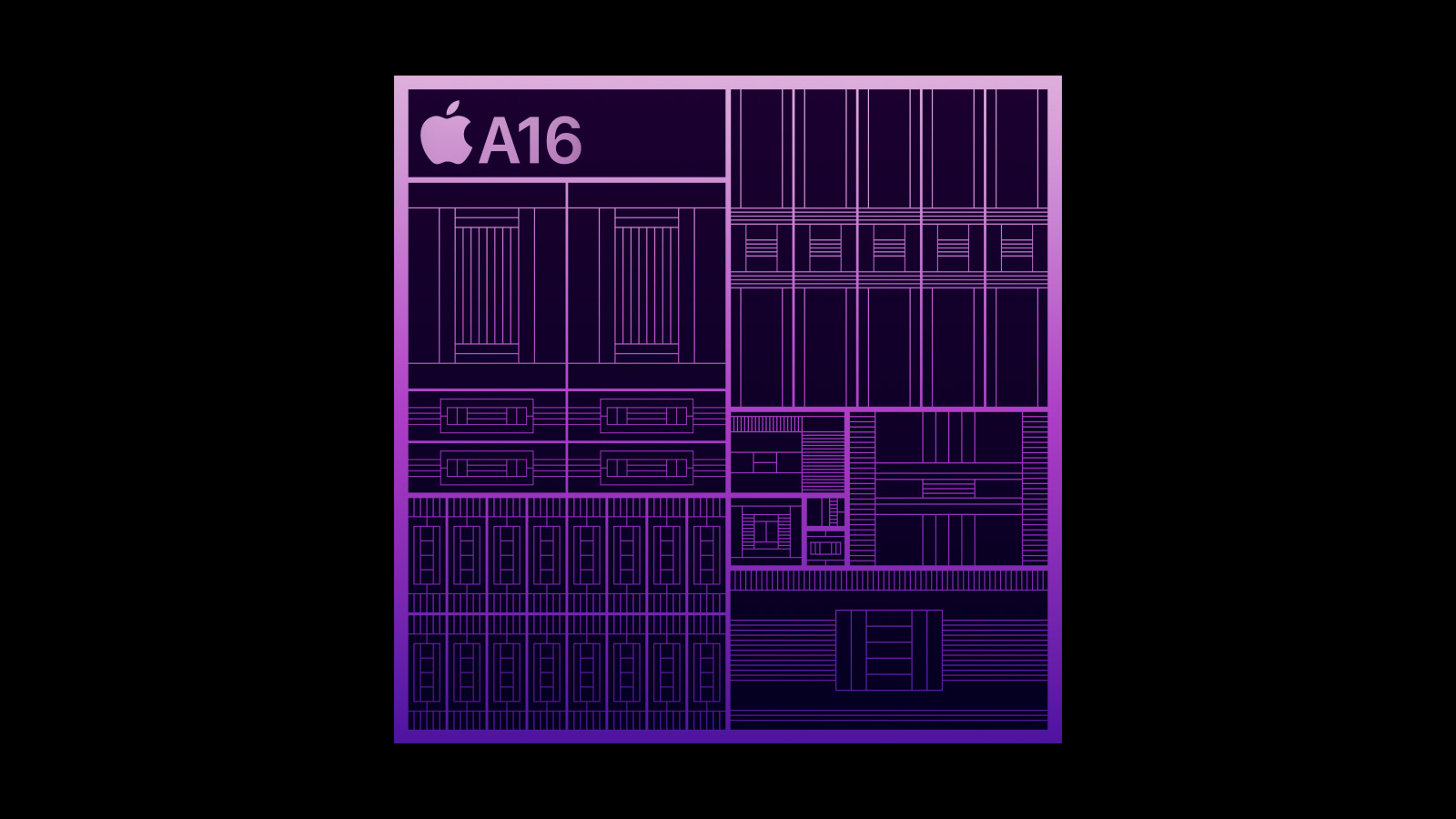
Too Expensive
The first two points we’ve laid out might not be issues with more affordable devices. The thing, though, is that the Apple iPhone 14 Plus is by no means affordable to the common man – with a base SRP of PHP 68,990.
Price brings out a lot of the flaws of a device. Consumers will always be willing to pay for the smooth and optimized Apple ecosystem, as well as other factors that make these devices so desirable. However, the recycling of last year’s technology makes the company’s business methods quite obvious. For example, the main sensor in the iPhone 14’s camera system has been directly pulled out of the iPhone 13 Pro series. That isn’t a bad thing as it still takes amazing shots, but it’s old.
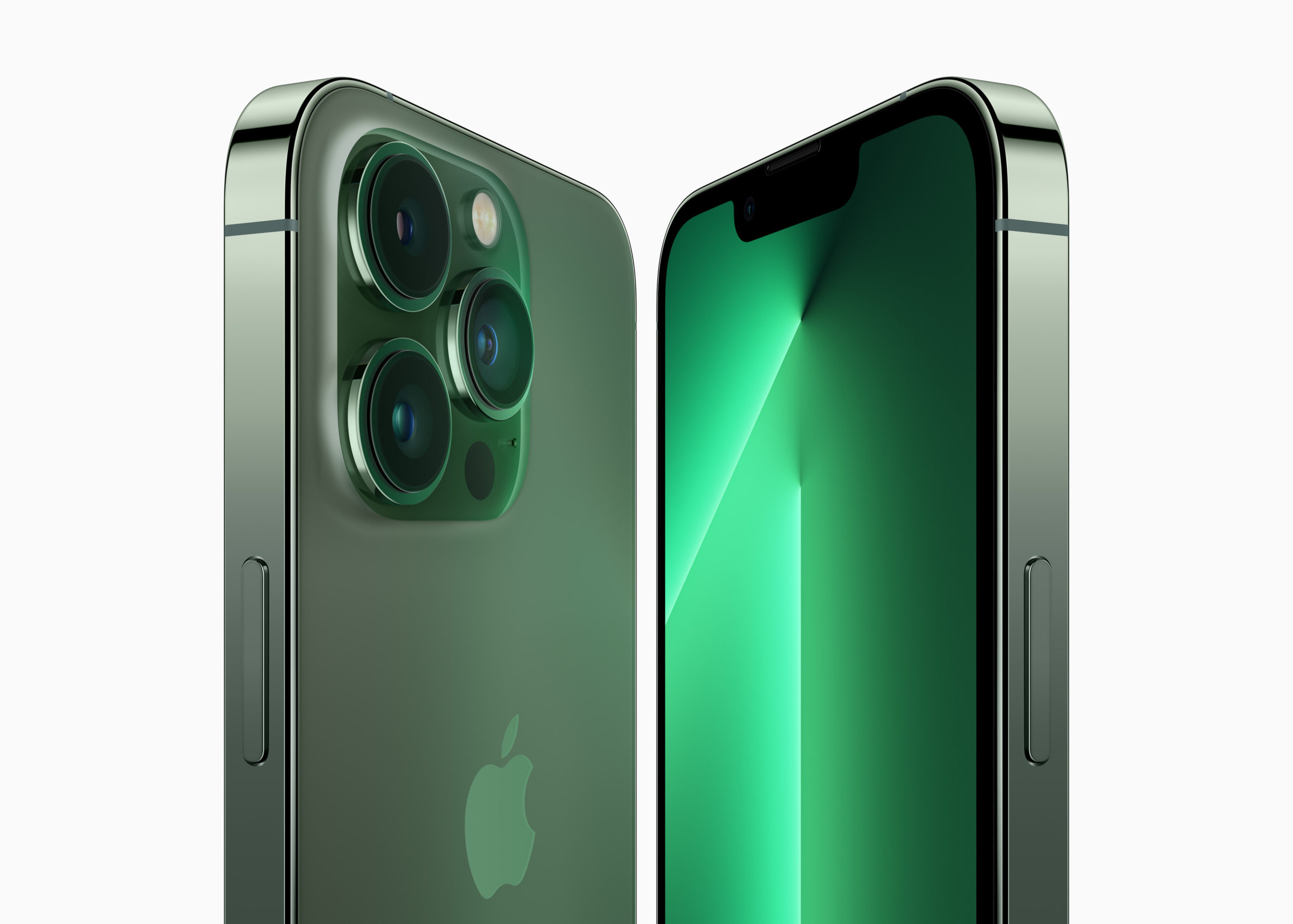
Last year, the iPhone 13 and 13 Pro shared the same processor: the latest A15 Bionic. The main difference here was the one in the Pro came with an extra GPU core. Now, the iPhone 14 Pro lineup advances to the all-new A16 Bionic chip. Reading into the patterns, the vanilla 14 should come rocking a watered-down A16, right?
Nope. It comes with the A15 Bionic found in the 13 Pro, which is an upgrade over the 13 but still isn’t “the best” the company has to offer, nor is it on the latest platform. This could also impact battery efficiency as the A15 is built on a 5nm architecture, while the A16 downsizes this to 4. Despite both having an equal 6GB of RAM, you only get LPDDR4X on the vanilla models and LPDDR5 on the Pro. Keep in mind though that we’re talking about recycling old parts in order to create a more noticeable rift between the two tiers of phones, though.
When it comes to processing power, the Apple A15 Bionic can still hold its own against this year’s flagships from Qualcomm, MediaTek, and Exynos despite its age. The vanilla Apple iPhone 14 will have no problems blasting through apps and processes whatsoever, probably even better than some of its Android rivals. Taking the A15’s massive grunt into consideration, this point is nowhere near as considerable as the other points in this article.
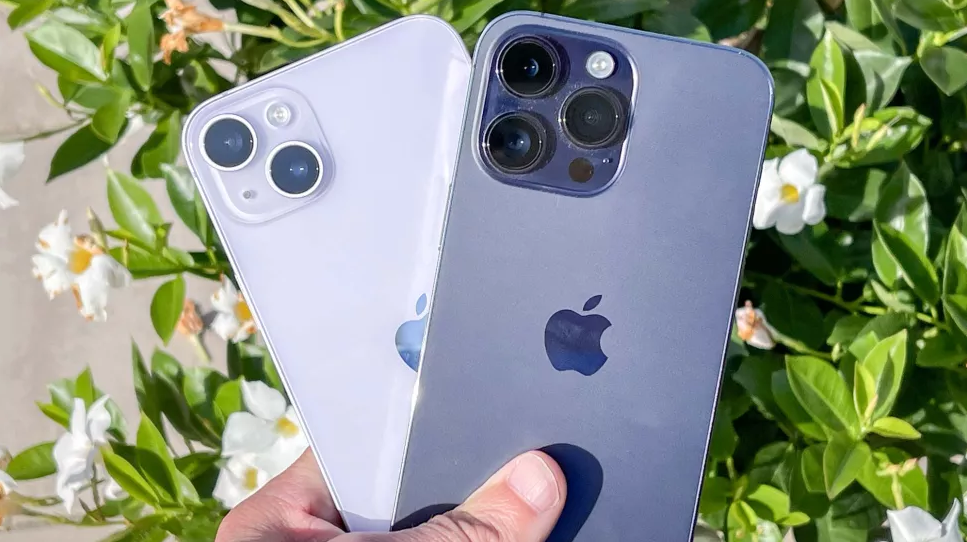
Photo: Tom’s Guide
Resale Value
A study conducted by SellCell tells the tale here. The iPhone 14 models depreciate more quickly than the 13 lineup. What really rattles the stat sheet is the average depreciation rate of almost 40% for the iPhone 14 and 14 Plus models, compared to the 31.1% rate for the Pro and 19.6% rate for the top-shelf Pro Max. These statistics are representative of ten days after launch in the Chinese market, whose consumers may have preferences that affect these numbers. Bloomberg states that this could be caused by a weaker economy and a cost-of-living crisis that places needs over wants at this point in time.
This is still slightly alarming as the vanilla iPhone 13 was sold at the exact same MSRP as the 14, yet experienced the least depreciation among all models at just 18.2%.
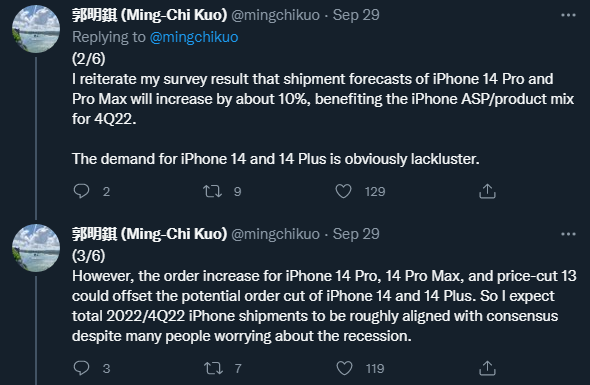
Renowned tech analyst Ming Chi Kuo has been quoted to state that: “The iPhone 14 Plus is the replacement for the iPhone 13 mini. However, this new product’s pre-order result is significantly lower than expected, meaning Apple’s product segmentation strategy for standard models fails this year.” He also claims it is likely that supplies for these models may be cut short in favor of the more saleable Pro models.
This may just be proven by analyst Ross Young’s finding that panel orders for the vanilla iPhone 14 models are down by 38% compared to their predecessors. These lukewarm sales numbers may just be the reason why the device doesn’t retain value as well as its contemporaries.
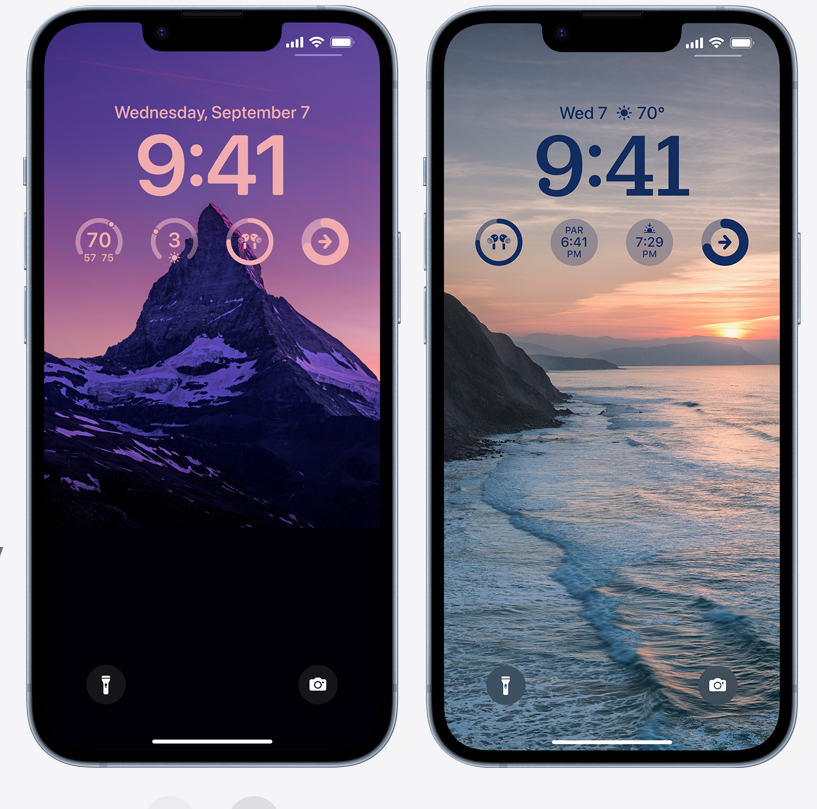
The Caveat
Reading this article may dissuade you from purchasing the Apple iPhone 14 Plus and opting for the 14 Pro Max instead. We’d like to explain that it isn’t all doom and gloom here.
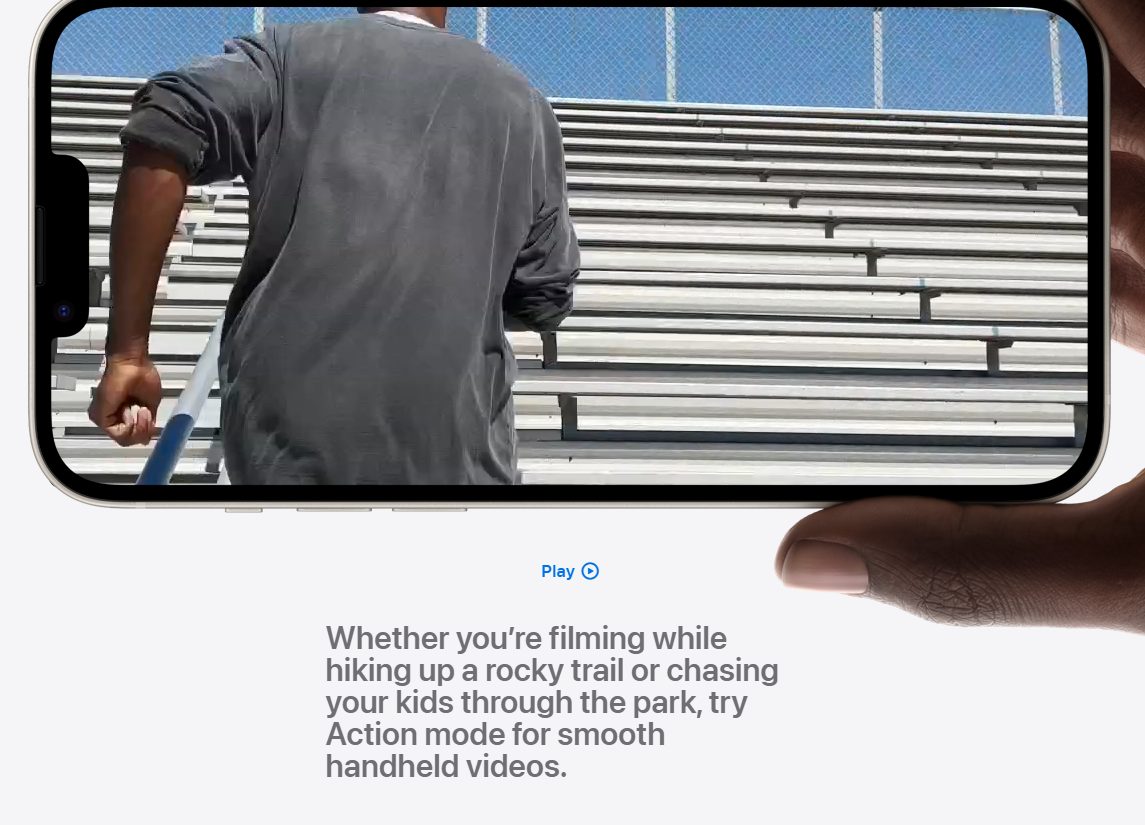
By itself, the Apple iPhone 14 Plus is a remarkable device. It has tried-and-tested display technology, the still overwhelmingly-powerful A15 Bionic chip, relatively decent resale value compared to some Android devices, and a stellar camera system. Those who want to take snapshots with this device will be extremely happy with the results, especially with the new software features and an AI-enhanced Photonic Engine and Action Mode.
Let’s not forget the benefits of having an iOS device, basically being assured of optimization with all major applications and multiple years of software updates. You may not get the A16 Bionic, a 120Hz display, or always-on functionality, but you’re also saving PHP 15K considering prices in the Philippines.
If you’re more about the features you have rather than the ones you’re missing out on, then the Apple iPhone 14 Plus is still a buy in our book.


